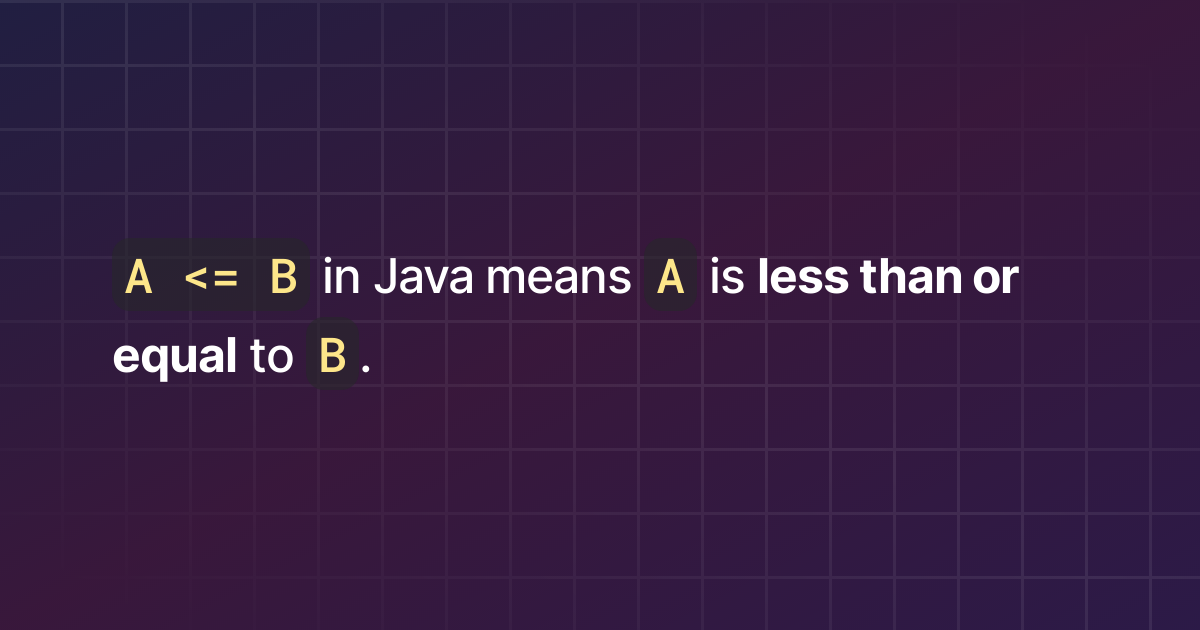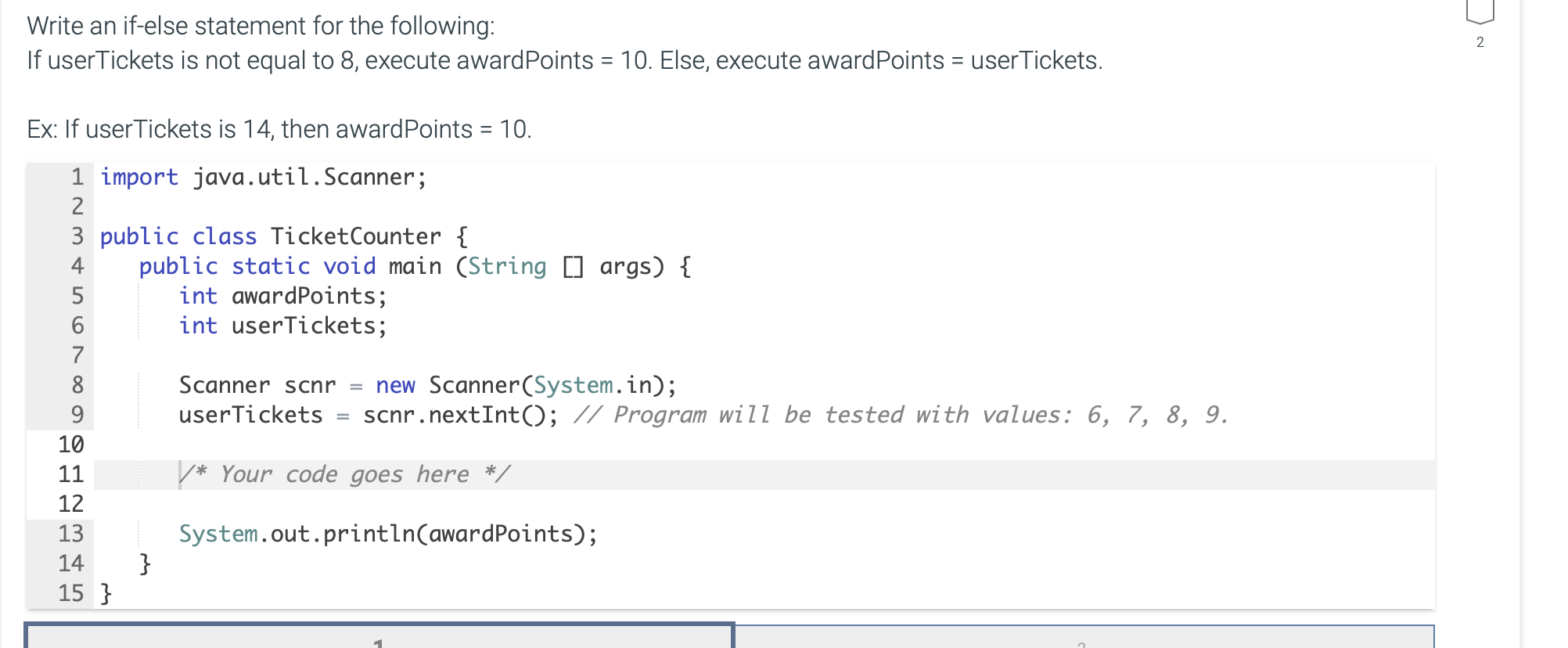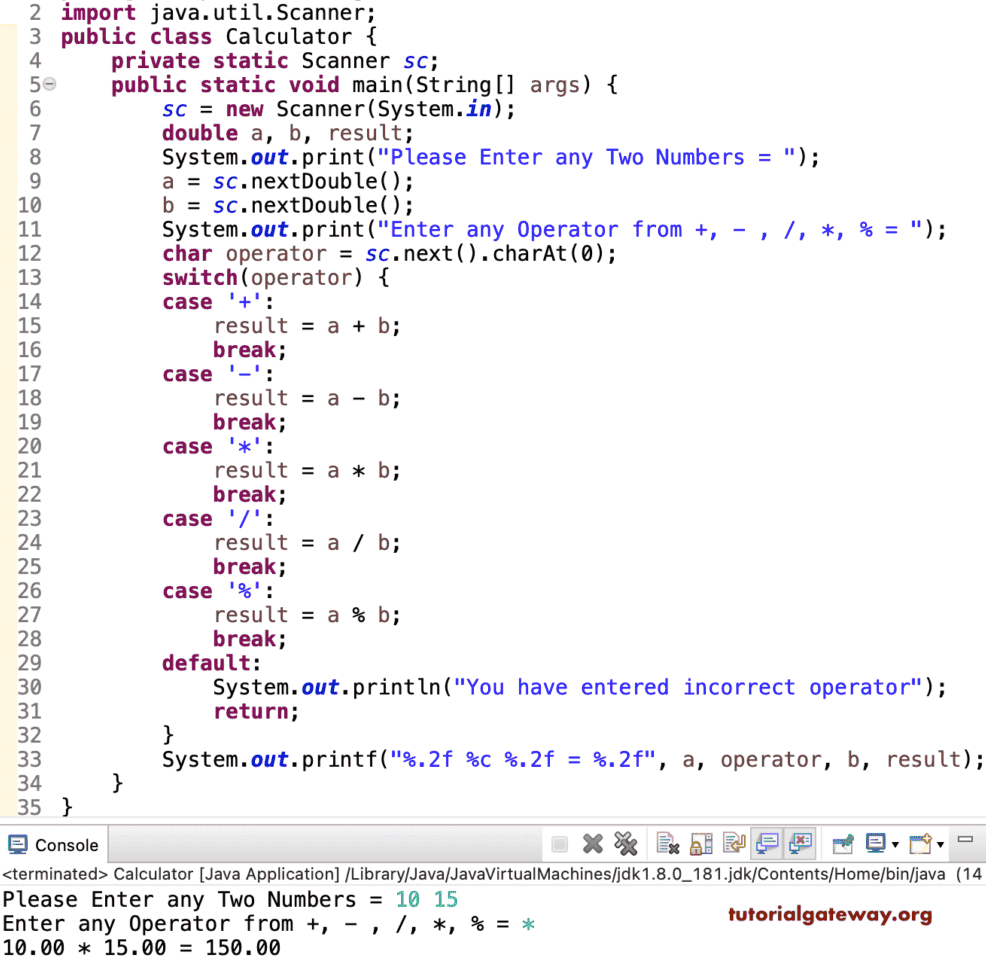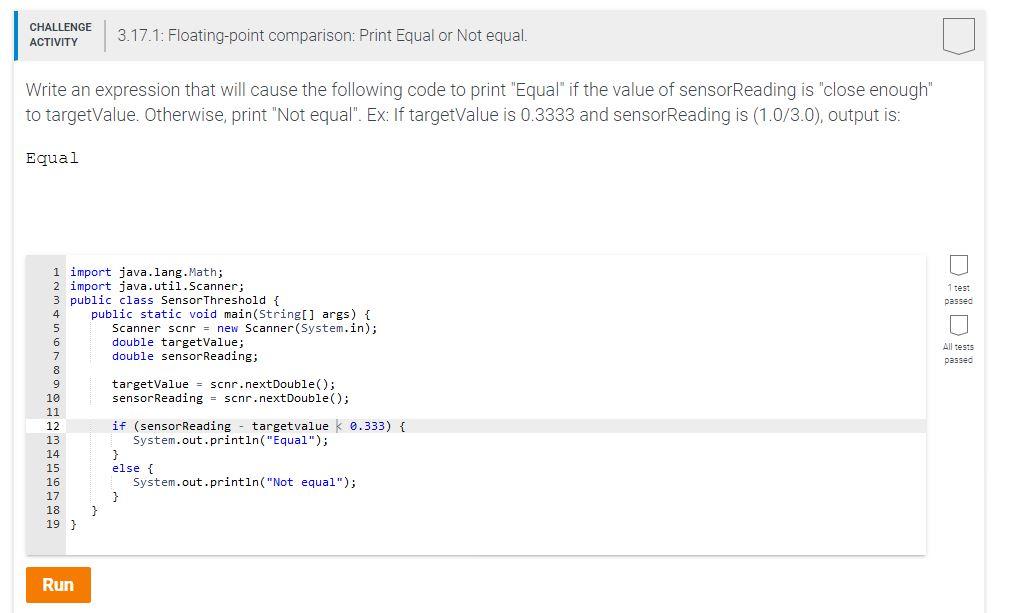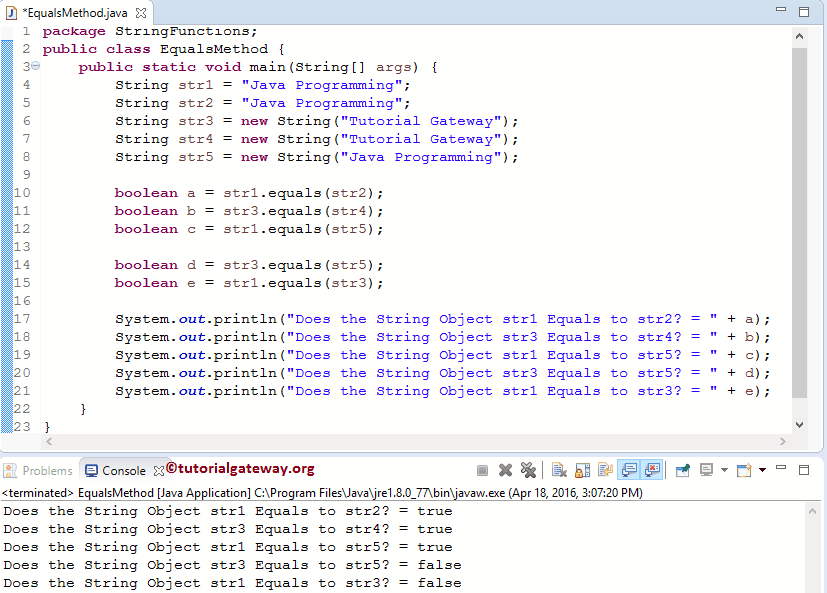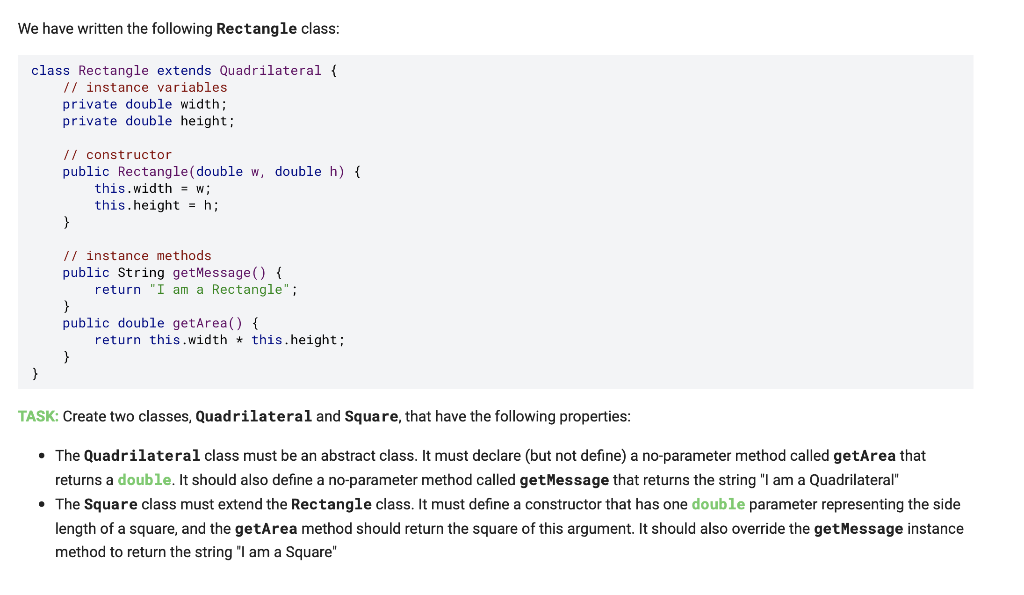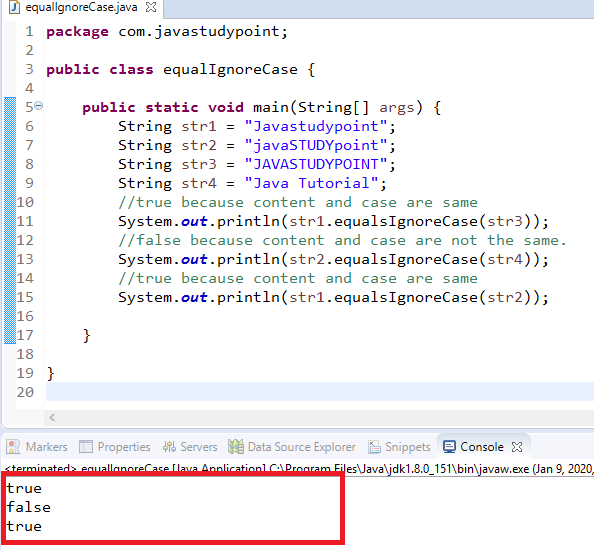Out Of This World Tips About How To Write Not Equal In Java

How to use not equal in if condition when comparing two strings.
How to write not equal to in java. Checking two integers equal or not in java is done by various approaches. If you want to check if two variables are not equal in java, you can use the ‘!=’ operator. Difference between java == operator and equals () method.
The most basic way to use the not equals operator is to check for equality between two variables. In this tutorial, we’ll learn how. Java has the following conditional statements:
See examples, exercises and other arithmetic, assignment, logical and. The equality and relational operators determine if one operand is greater than, less than, equal to, or not equal to another operand. Here, num1 contains the value 123, and the num2 variable.
Learn how to use the not equal relational operator in java, with examples and syntax. Equal to operator is used to check if. What is.equals () method in java?
The not equal sign is represented as != what is the not equals operator (!=)? You can use these conditions to perform different actions for different decisions. Extract your fixed string to constants ( private static final string paper = paper;
You would need to use the bitwise complement operator, ~, not the logical complement operator, !. Use the compareto () method to compare two. The equals () method compares two strings, and returns true if the strings are equal, and false if not.
Using the not equals operator in java. The operator returns a boolean value of true if left operand is not equal to second. The equality and relational operators.
However, you seem to have a bit of a. The program has two int variables, num1 and num2. In java, how do you write the not equals sign?
I think you're misunderstanding what null means. Use if to specify a block of. Both equal to and not equal to operators are relational operator and returns boolean value true or false.
In java, the '!=' operator is used to check if two values are not equal, for example if (x != y) {system.out.println (x and y are not equal);. The bottom line is that. Equals () let us correct the above problematic example using equals () method.


